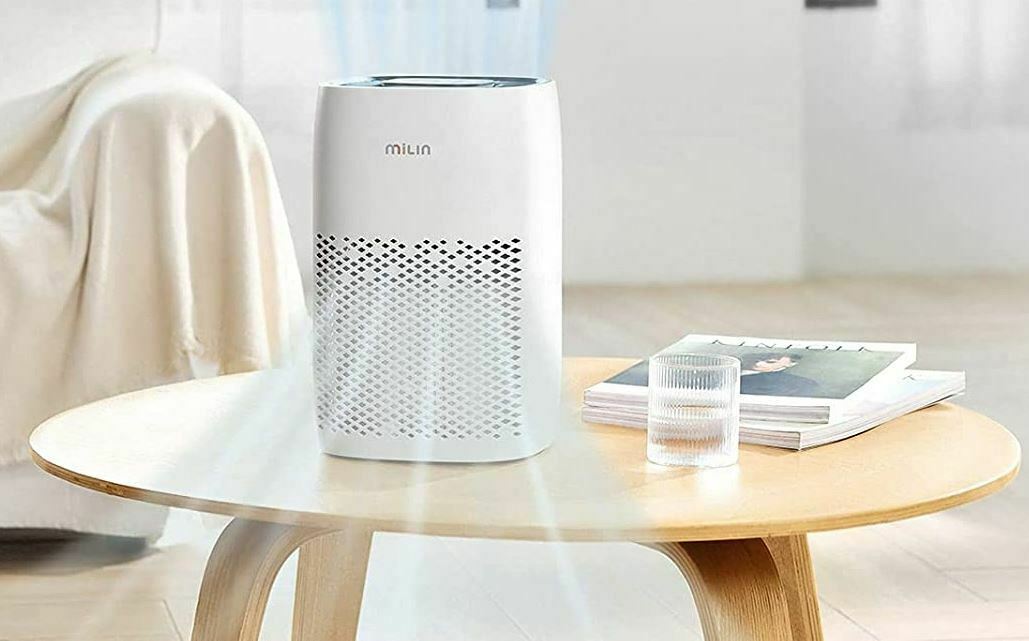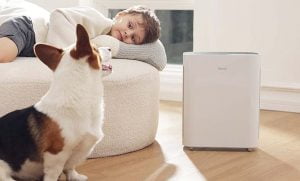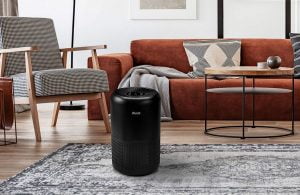How Do Air Purifiers Work ~ Guide To Home Air Purifier System
Do you know that there are different types of home air purifier systems?
Yup, different home air purifiers have different air purification systems. In other words, different air purifiers work differently. If want to shop for one, but don’t know how air purifiers work, then it is time to educate yourself on the different kinds of home air purifier systems available.
But why is it important? Isn’t it enough to know what it is capable of doing without really knowing how a particular air purifier does all the work?
Do You NEED an Air Purifier and Do Air Purifiers Really Work ?
While some air purifier shoppers shop this way, we think it is very important to be well-informed on air purification systems behind a home air purifier.
The main reason is because each air purifier has different air purification technologies which are pertinent to what it is supposed to do. Thus, an air purifier marketed for removing volatile organic compounds has a different air purification system from the ones marketed to remove bigger air particles only like dust.
Therefore, to get the right air purifier for you, you must know exactly what home air purifier system employed by a particular air purifier and what contaminants it removes.
The second reason is, all purification technology have drawbacks; some minor and some major. The major drawback on certain air purification technologies which cannot be ignored is ozone emission, because it affects the safety of the user.
While ozone is desirable in our stratosphere, it is a major lung irritant when it’s present in our atmosphere. Therefore, you would want to avoid buying ozone-producing air purifiers.
So, how do air purifiers work ?
Basically, there are several types of home air purifier system employed by air purifiers:
First, is the filtration technology
An air purifier with filtration technology has a filter which arrests airborne particles which are bigger than the pores present in the filter itself. A specific type of filter called High Efficiency Particulate Air (HEPA) filter is capable of capturing airborne particles bigger than 0.3 microns and in many cases are also effective in removing particles down to 0.01 microns, for instance: mold spores, pollen, bacteria, and others.
The only particle it cannot remove is gas, including odor-causing gases and smoke. Therefore, if you also want to remove smoke or a particular gas from the air, it is important to get a home air purifier which has an air purification system designed to capture gases (activated carbon or chemical).
HEPA filters are one type of home air purifier system commonly used in both HEPA air purifiers and as furnace filters. They are quite expensive. But its life can be prolonged by the use of a prefilter which is placed such that the air passes through a prefilter before it passes a HEPA filter. That way, coarse particles are removed first by a prefilter, enabling HEPA filter to deal only with cleaner air.
If you want to learn more about this type of purifier, go to HEPA air purifier article for more on this.
Second, activated carbon
Gas or smoke air purifiers work by incorporating activated carbon as gas or smoke absorbent. Basically, activated carbon is porous material which can absorb smoke and gases. However, in order for it to make any difference, the amount of carbon should be at least 5 lb.
This home air purifier system is used as an add-on, so you won’t find any air purifier which has this technology alone. Thus, after big particulates are removed by prefilter or other filtration system, clean air is then passed through activated carbon which remove small molecular weight particulates
Although carbon is effective against semi volatile organic compounds, it is not effective in removing inorganic gases and formaldehyde. So, if you need to remove these compounds, you will have to get an air purifier which also contains certain chemicals designed to capture those compounds.
For more information on chemical and carbon air purifier, click here.
Third, ionic air purifier
Ionic air purifiers work by emitting negative ions which then adhere to airborne particles. The negatively-charged particulates are subsequently routed to various routes, depending on the type of ionic air purifier.
The simplest type of ionic air purifier is called ionizer air purifier. This type of air purifiers simply ionizes the air. It is assumed that the ionized particulates will fall down because of the weight and then can be removed easily by a vacuum cleaner.
Other ionic air purifiers known as electrostatic air purifier attract the negatively-charged particulates to positively-charged collection plate in the air purifier. Many people are attracted to an electrostatic air purifier because it is quiet and is totally filterless. However, you will need to wash the collector plate regularly in order for the machine to work effectively.
A variation of this kind of purifier has a disposable electrostatic disposable filter (media-filter) instead of a washable collection plate.
With ionic air purifiers, it is important to mention that purifiers which utilize this home air purification system have raised some concerns because they emit small amount of ozone. Ozone, while it protects us from the sun in the upper atmosphere, is not actually good for our health when it is present in our surroundings. It irritates a users lungs and can therefore make asthma or lung problems worse.
Fourth, ozone generator
Ozone generator air purifiers work by producing large amount of ozone, a strong oxidant gas which can oxidize many other chemicals. Originally, ozone generators were used in the hospitality industry and were only used in unoccupied rooms.
However, they have somehow made their way into the home air cleaning domain. While the manufacturers try to convince public on their effectiveness and safety of these types of home air purifier systems, the EPA remains doubtful of these manufacturers’ claims.
We, at airpurifiergalore.com, therefore do not recommend our readers to buy purifiers which utilize such home air purification system.
Fifth, ultraviolet air purifier
UV air purifiers work by producing ultraviolet light. Like activated carbon, ultraviolet light is usually an add-on to an existing home air purifier system and the primary purpose of the UV light presence is to kill off virus and bacteria.
Read on ultraviolet air purifier article for more detailed information on this.




